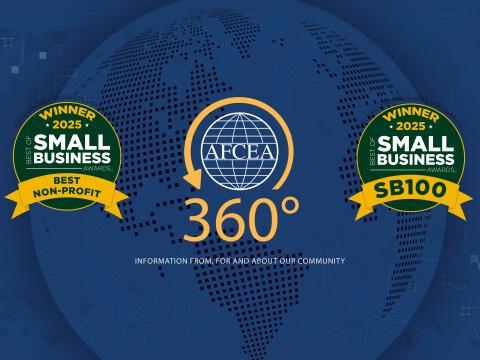New Products
Chem-Bio Contingency Planner
A newly improved software product allows development of comprehensive response and detection plans in case of chemical, biological, radiological or nuclear (CBRN) attacks. Previous versions of HG_Flow.Protect software have been used to formulate disaster response plans for buildings that may be potential terrorist targets. Now, Hygie-Tech, the software provider, has added a new module to capture meteorological data so that the program can be used to plan responses to attacks in open areas, such as sports arenas. HG_Flow.Protect uses a computational fluid dynamics model to generate visualizations from 3-D laser scans of airflows, gas flows and particles. The product provides accurate detail down to the one-millimeter scale. It can be used to formulate contingency plans for public buildings and open areas that may be vulnerable to CBRN attacks.
BlackBerry Secure Text
A $600 commercially available kit is all it takes for criminals to intercept text messages, which is why SRA International recently launched One Vault Messenger, an encryption solution for short message service transmissions for BlackBerry smart phones. First launched last year, the One Vault suite of products is a hardware-anchored voice security solution for an off-the-shelf BlackBerry. One Vault Messenger leverages existing technologies to defend against unwanted surveillance and hacking.
Quantum Cyber Security
Los Alamos National Laboratory researchers recently released two quantum-based cybersecurity products designed to protect the valuable, but often unsecured, data flowing through optical fiber networks. Quantum Smart Card (QKarD) provides communications security. Quantum Enabled Security (QES) provides transmission security. They can be used separately or together as one complete system. Unlike current cryptography techniques, which rely on the difficulty of mathematical problems to generate security, quantum encryption techniques rely on the laws of quantum mechanics, providing encryption that is provably secure rather than probably secure. QES uses single-photon communications integrated with optical communications and provides unbreakable security to digital data. The technique is readily extensible over large networks and is backwards compatible with existing transparent optical networks. QKarD is a hand-held, supporting network tool that provides quantum-generated cryptographic keys on the go. With a personalized set of quantum keys in secure memory, the device can encrypt phone calls, text messages and e-commerce transactions. The lab has issued a call for technology commercialization partners.
Programmable Nanoprocessor
Scientists working for MITRE Corporation and




Comments